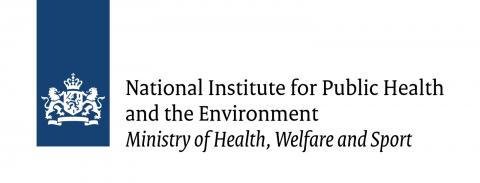The study was conducted to identify how many elderly people in the Netherlands are malnourished, and which vulnerable groups are most at risk. "More and more elderly people are living at home into their old age. As a result, there is less visibility on these elderly people, which raises the question of whether they are indeed well-nourished," says Marjolein Visser.
Researcher Yaren Zügül analysed data from 1,745 people aged 65 or older. This data was collected in two projects: in the Longitudinal Aging Study Amsterdam (LASA) in 2021-2022, a long-term study in which elderly people are asked various questions and undergo tests every three years, and in the Dutch National Food Consumption Survey by the National Institute for Public Health and the Environment in 2019-2021.
In both projects, these people took the SNAQ65+: a short questionnaire, developed by the VU Amsterdam Department of Health Sciences, screening elderly people living at home to see if they might be at risk of malnutrition. Based on the SNAQ65+ questionnaire, the rate of malnutrition was 8.5%, or one in twelve people.
More importantly, the researchers also found that in some groups of elderly people, the rate is much higher. The groups of elderly at higher risk include women, elderly with mobility impairments, and elderly living alone. In some groups, such as the elderly over 85 and those with poor appetites, the rate of malnutrition is one in five.
Visser hopes to raise awareness of malnutrition among elderly people living at home. She argues that elderly people, especially those at risk, should be better screened and treated for malnutrition: "You can screen for malnutrition with just a few questions. So all kinds of care workers who visit the elderly, such as physiotherapists and home care workers but also welfare workers can help spot for malnutrition after a short training. We need to to get rid of the idea that malnutrition in elderly people living at home 'is not a big deal'."




